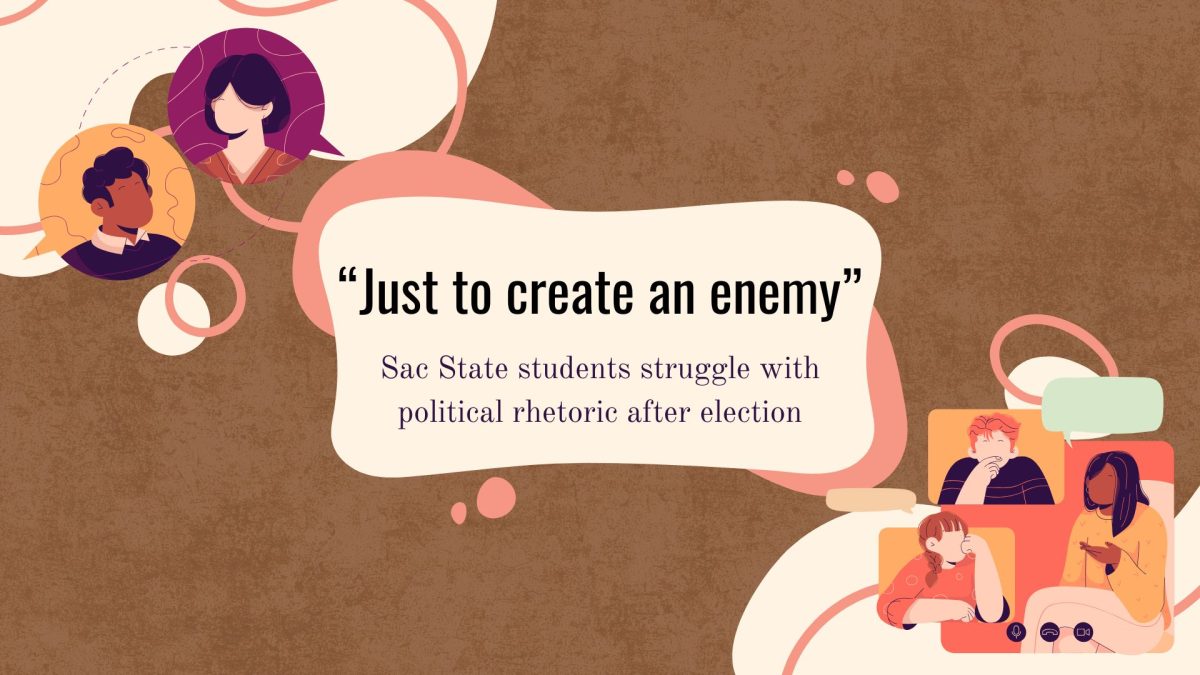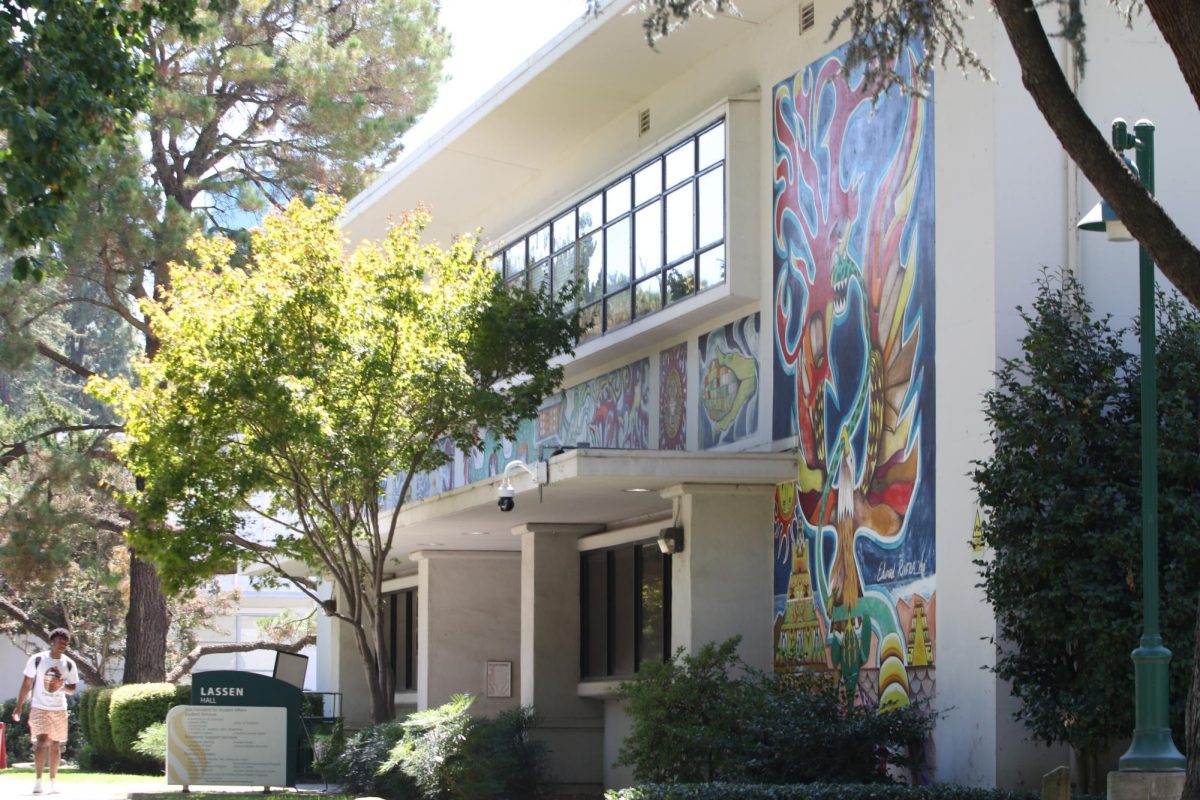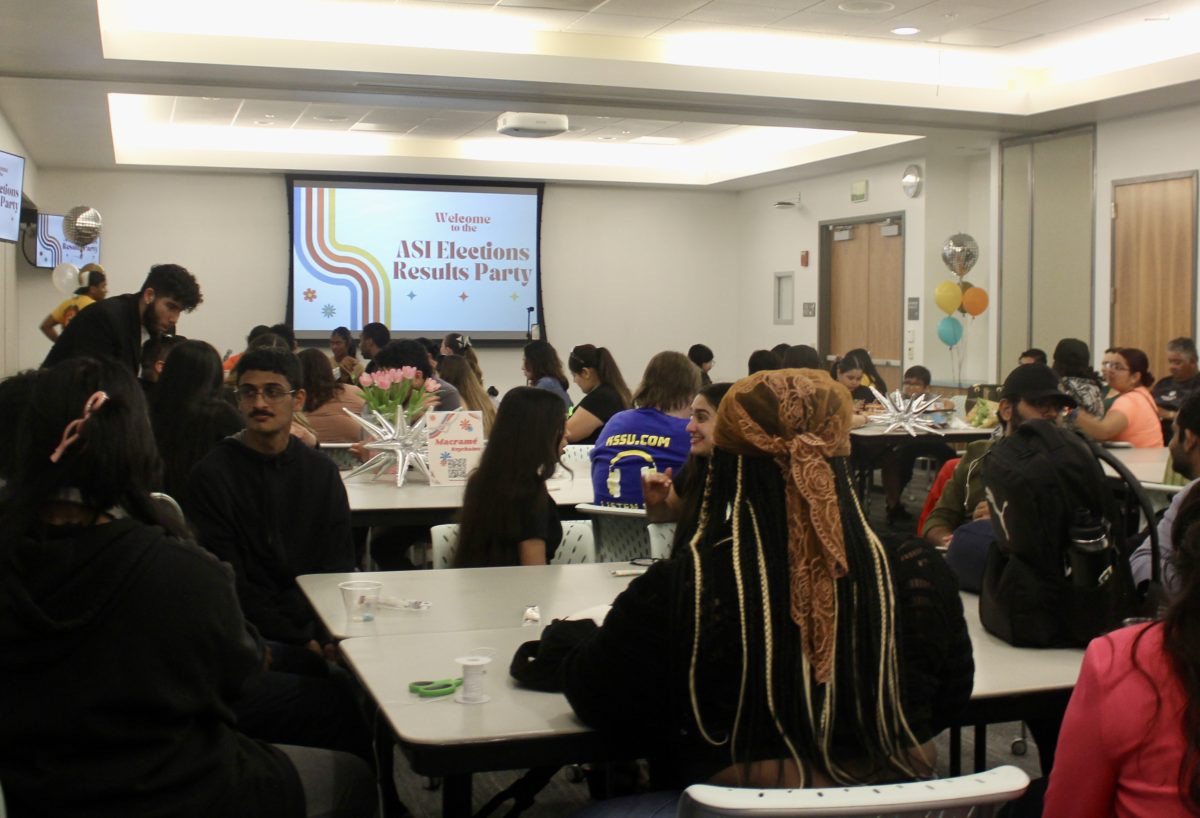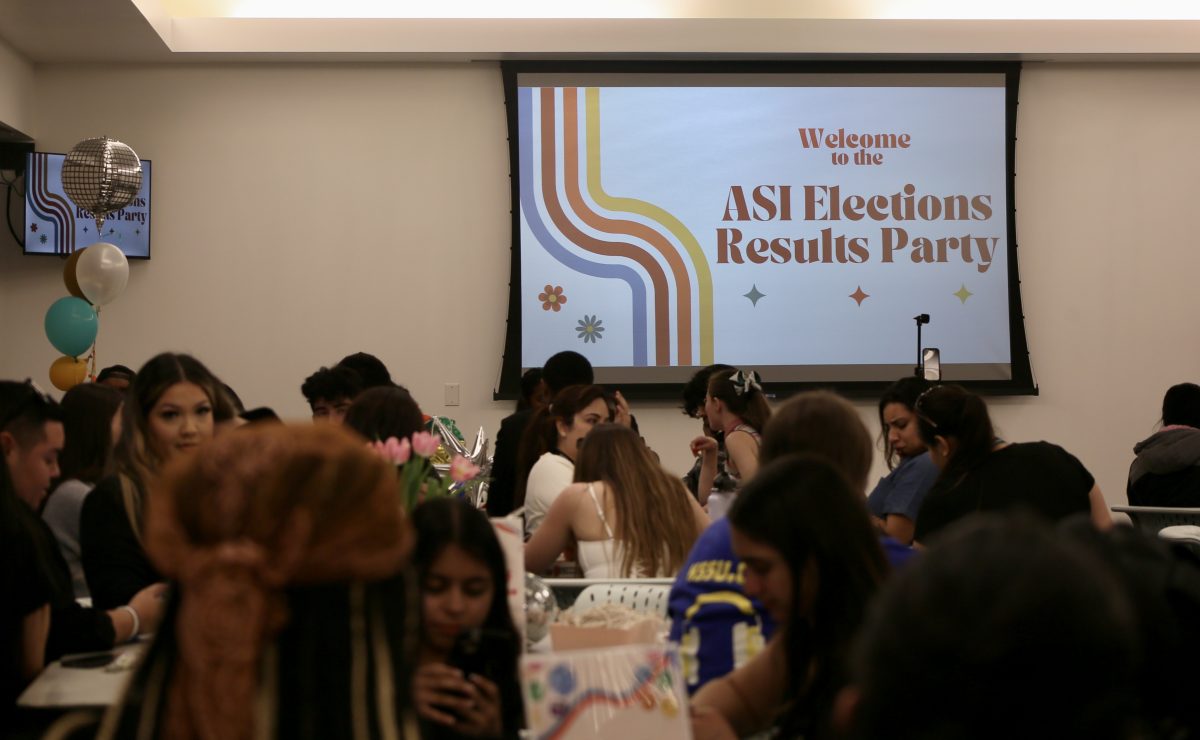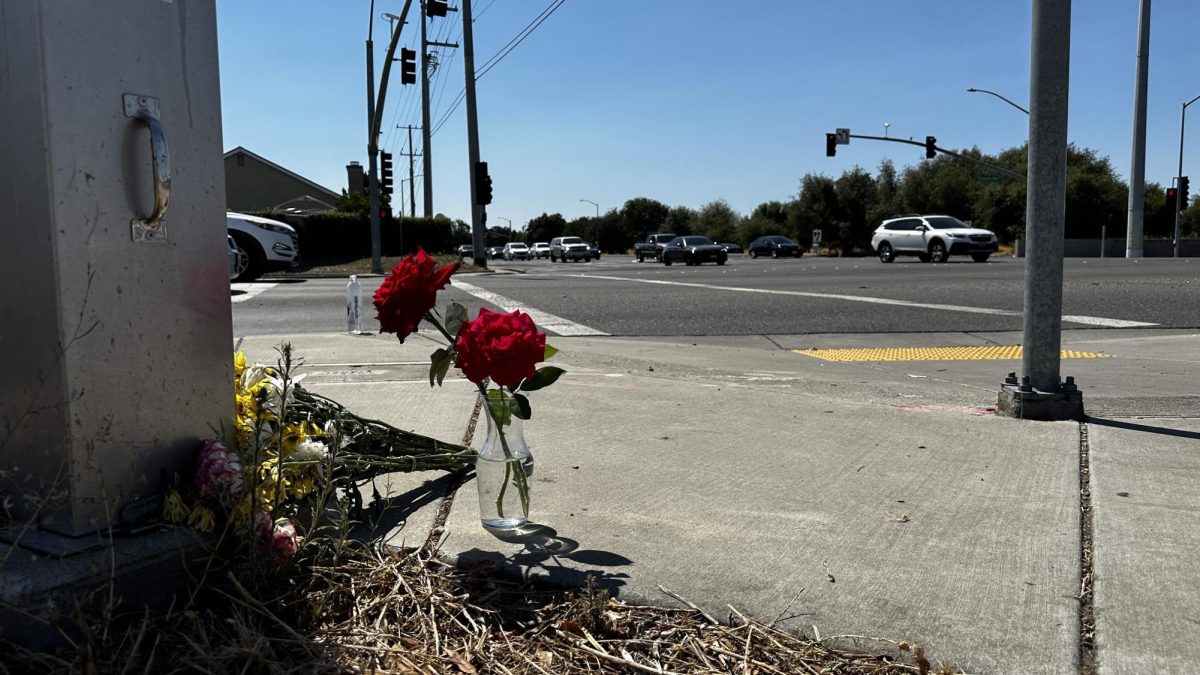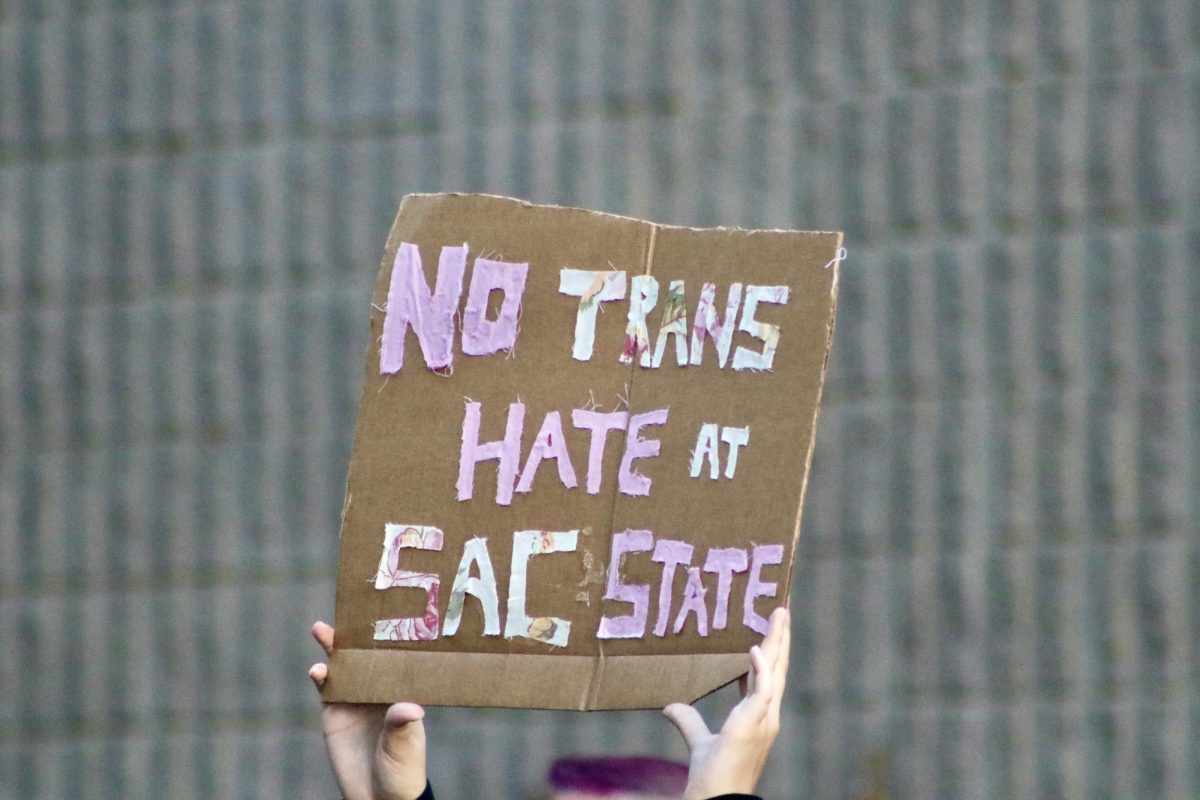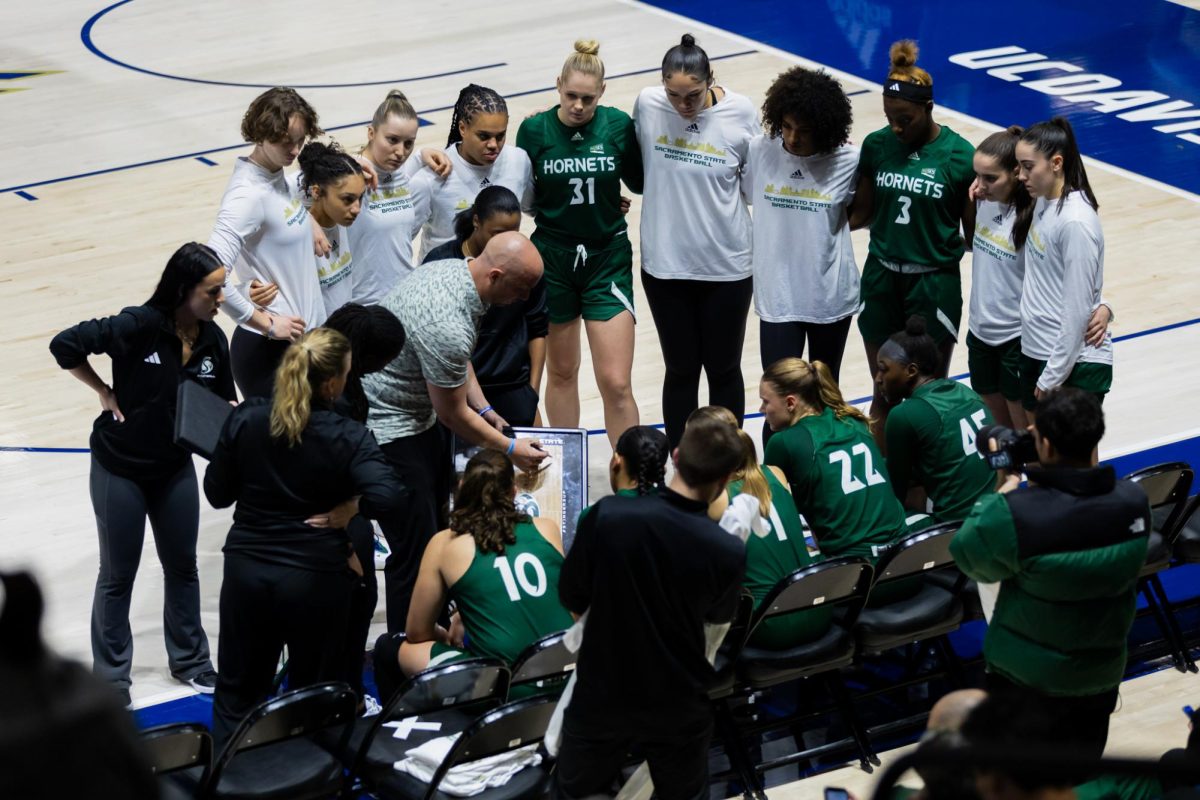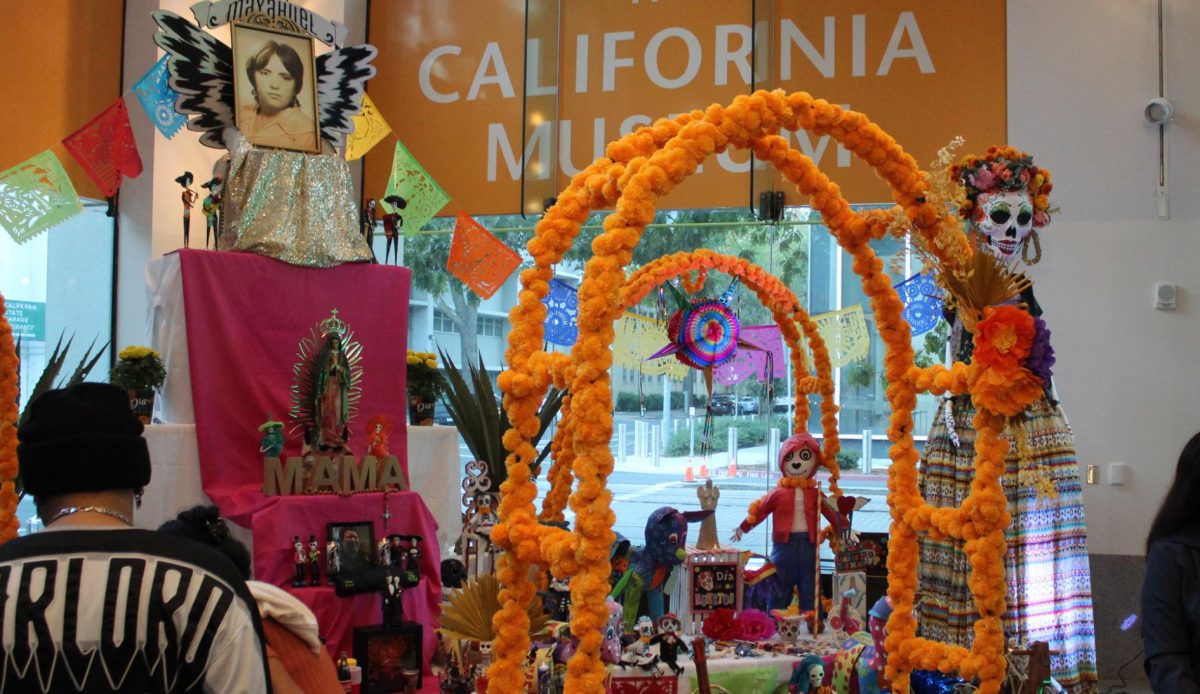Report shows financial aid gap
November 24, 2006
(LOS ANGELES) – The top public university in each state is granting more financial aid to students from high-income families than to low-income students, a new report from The Education Trust said. According to the report, the most prestigious public universities of each state, called flagship universities, are reallocating financial aid funds away from low-income students to higher-income students. In addition, the racial makeup of these universities are less reflective of their respective states’ populations.
The study was released by the Education Trust, a nonprofit research and advocacy group for pre-kindergarten through college education.
The University of California at Berkeley represented California public universities, so the report did not specifically study the University of California at Los Angeles.
In 2003, flagship institutions and other similar public research universities spent $257 million on financial aid for students from high-income families, a 406 percent increase from 1995 figures, according to the report. High-income families are classified as families that make more than $100,000 per year.
The report found that the same schools spent $171 million on low-income families, a 13 percent decrease from 1995. Low-income families are those that make less than $20,000 per year, according to the study.
“At a time when more and more low-income and minority students are preparing for college, it is disturbing that many of our most prestigious colleges and universities are turning away from them,” said Kati Haycock, director of the Education Trust and a co-author of the report.
The study attributed the change in financial aid allocation to a “short-sighted but relentless pursuit of higher selectivity ratings,” as well as to attempts to “pursue greater prestige,” Haycock said in a statement.
In the case of UCLA and the University of California system, the amount of university aid given to students is calculated by the Education Financing Model, which is applied in all UC campuses for students of all income levels, said Nick Valdivia, associate director of the UCLA Financial Aid Office.
For each student, regardless of family income, parent contribution and self-help amounts are estimated by the Free Application for Federal Student Aid and deducted from total cost for the year, and UCLA provides an aid package for the remaining costs.
“There is not less money, there is more money (being given each year to low-income students),” Valdivia said, but he added that the percentage of financial aid given to low-income students may be smaller at UCLA.
According to the report, the racial makeup of top public universities throughout the nation is becoming less representative of overall state demographics.
Since 1992, the percentage of underrepresented minorities — which includes blacks, Latinos and Native Americans — enrolled at Berkeley has fallen by 53.6 percent to 13.9 percent for 2004.
Overall, 27 flagship institutions received a grade of “F,” with only five receiving a grade of “A.” A grade of “A” shows that the proportion of underrepresented minorities enrolled in the institution is similar to the proportion of those minorities in the state.
Like Berkeley, UCLA’s underrepresented minority enrollment has decreased significantly over the last 12 years. As of fall 2005, underrepresented minorities make up less than 19 percent of the student population, according to the UCLA Office of Analysis and Information Management.
The results of the report reinforce what has been observed at UCLA and the UC system, said Tina Park, external vice president of the Undergraduate Students Association Council.
Park added that UCLA is trying to follow Berkeley’s holistic admission process, which has increased minority enrollment, but Berkeley did not do very well in the report.
Underrepresented minority students in flagship institutions also face gaps in graduation rates compared to the white student population, which the report attributes partly to the decreased financial aid.
In all but one of the universities, the six-year graduation rate of underrepresented minorities is less than that of the white student population.
For Berkeley in 2004, 86.6 percent of white students graduated within six years, but only 74.4 percent of underrepresented minorities graduated within six years — a gap of 12.2 percentage points. However, even with a gap of 12.2 points, Berkeley was given a grade of “B” in the area of minority success.
UCLA has a slightly smaller gap in graduation rates. According to The Education Trust figures for UCLA, the six-year graduation gap between white and underrepresented minorities was 11.9 percentage points in 2004.






